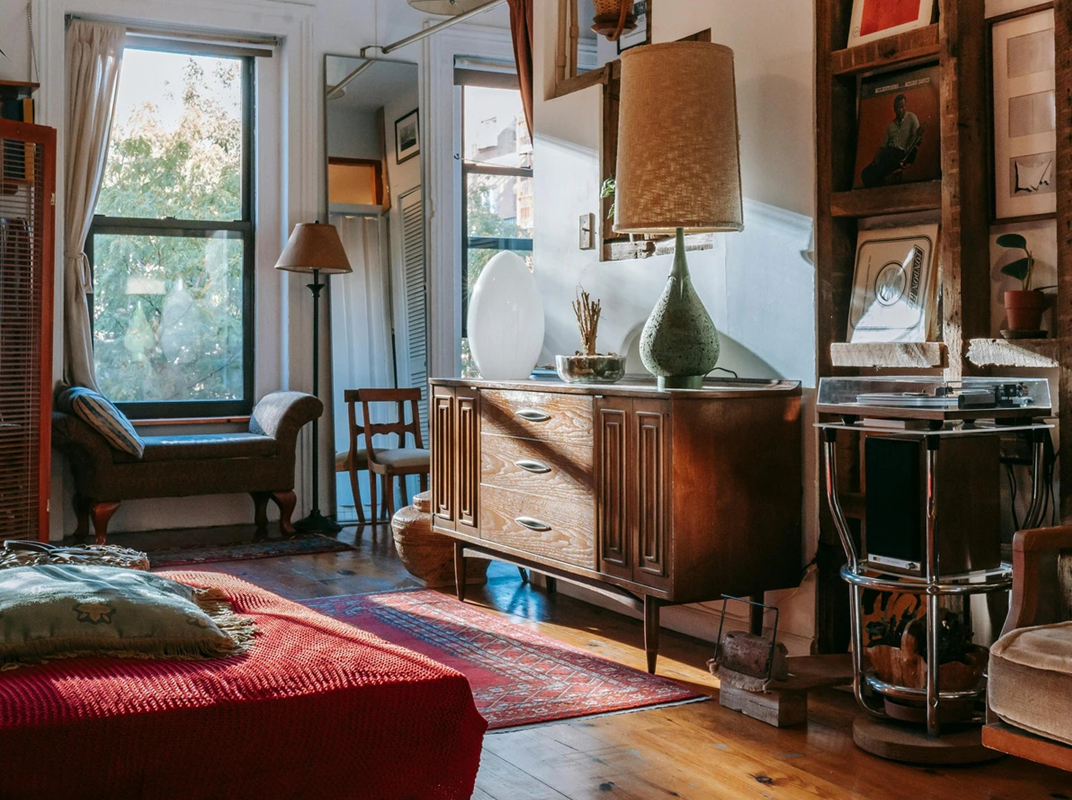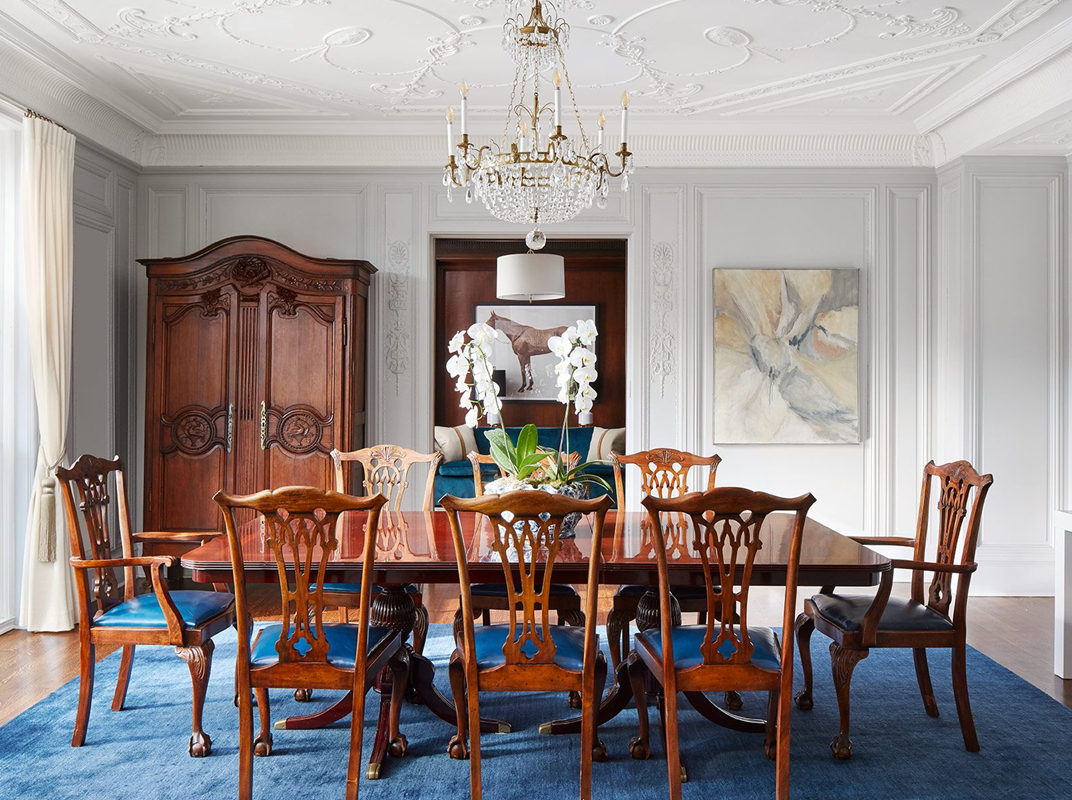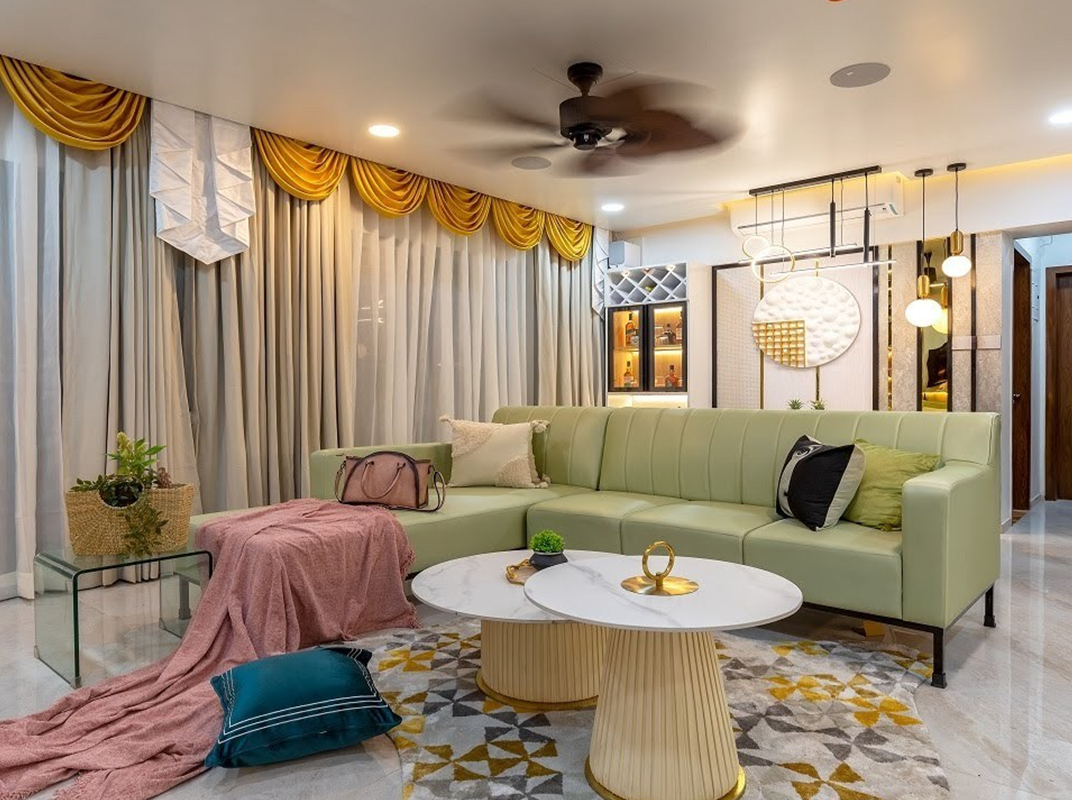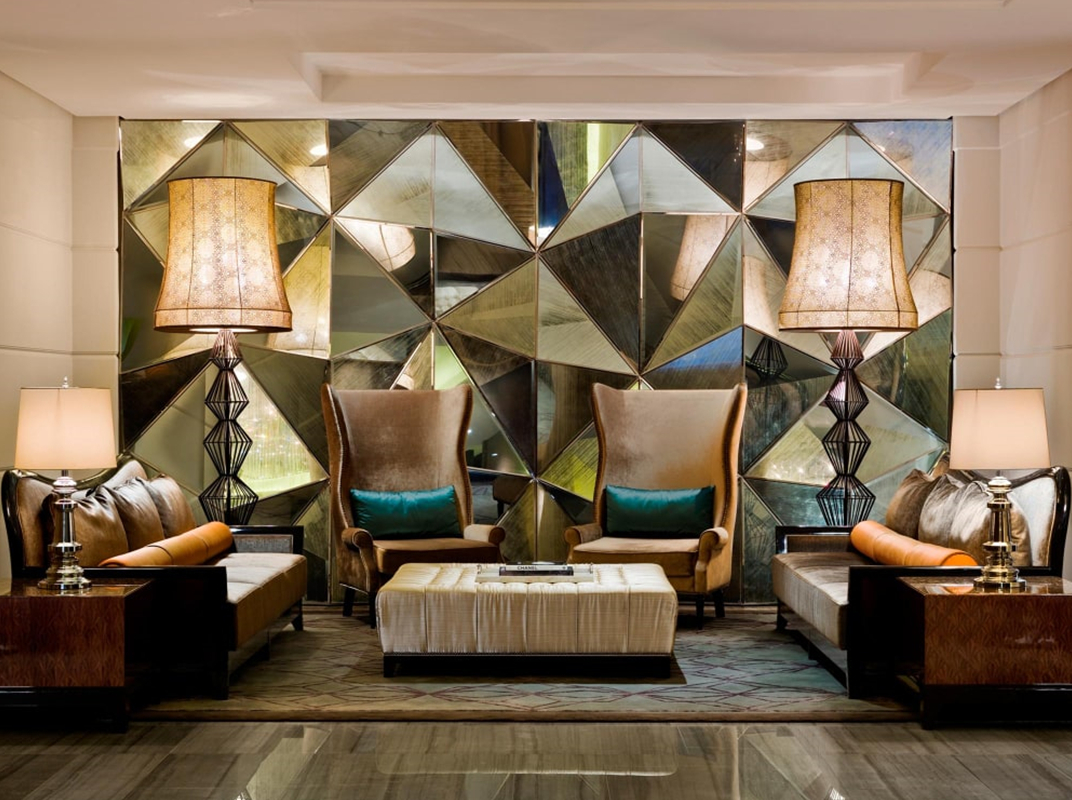One reason is the distinctiveness it offers. In a sea of mass – produced, cookie – cutter modern furniture, retro pieces stand out. They are a departure from the ordinary, bringing a touch of individuality to any space. Take, for example, a mid – century modern chair with its sleek lines and unique shape. It can become an instant conversation starter in a living room, adding character that generic furniture simply can’t match. This uniqueness allows homeowners to express their personal style, setting their homes apart from the rest.
Another compelling factor is the quality craftsmanship often associated with retro furniture. Many retro pieces were made at a time when artisans took pride in their work, using traditional techniques. Solid woods, like oak or teak, were commonly used, ensuring durability. The joints were carefully crafted, not just glued or stapled as in some modern furniture. A vintage dining table, for instance, with its hand – carved details and sturdy construction, can last for generations. This high – quality craftsmanship not only guarantees a long – lasting piece but also a more satisfying and durable user experience.
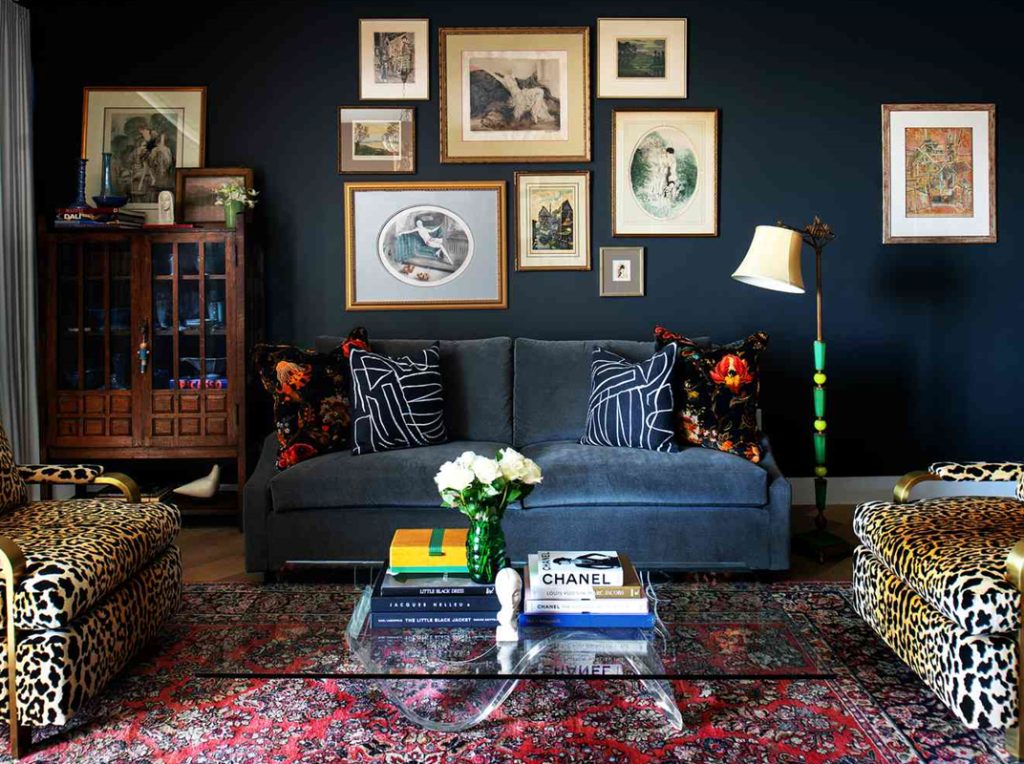
Retro furniture also has a strong nostalgic appeal. For some, it harks back to childhood memories of a grandparent’s house or a favorite family gathering place. A well – loved retro sofa might remind someone of cozy Sunday afternoons spent with family. This emotional connection turns furniture from a mere functional item into something that holds sentimental value, making the home feel more warm and inviting.
In addition, retro furniture can be a sustainable choice. Instead of constantly buying new, often disposable furniture, investing in a retro piece is a way to recycle and reuse. Many retro items are still in good condition and can be repurposed or restored. By choosing retro, consumers are reducing their environmental impact, which aligns with the growing global awareness of sustainability.
Finally, retro furniture offers versatility in design. It can be mixed and matched with modern pieces to create an eclectic look. A contemporary coffee table paired with vintage chairs in a dining area can result in a harmonious blend of old and new, adding depth and interest to the space. This adaptability makes retro furniture suitable for a wide range of interior design styles, from modern minimalist to bohemian.
In conclusion, retro furniture combines uniqueness, quality, nostalgia, sustainability, and design versatility, making it an excellent choice for those looking to create a home that is both stylish and meaningful.

